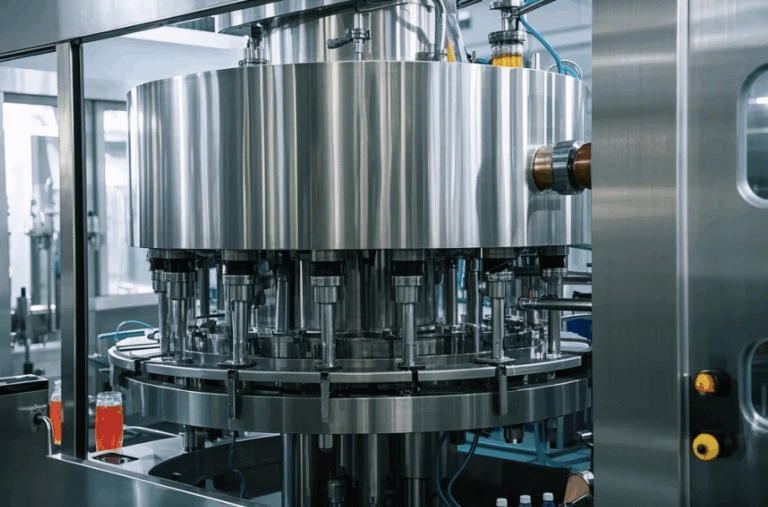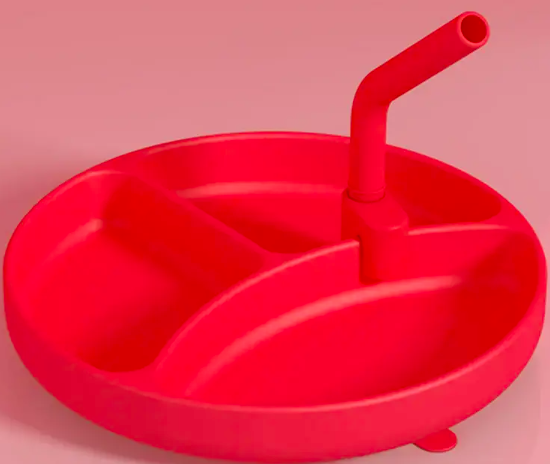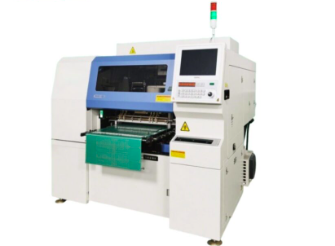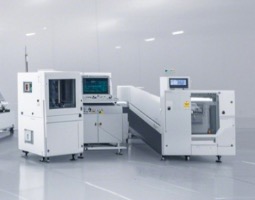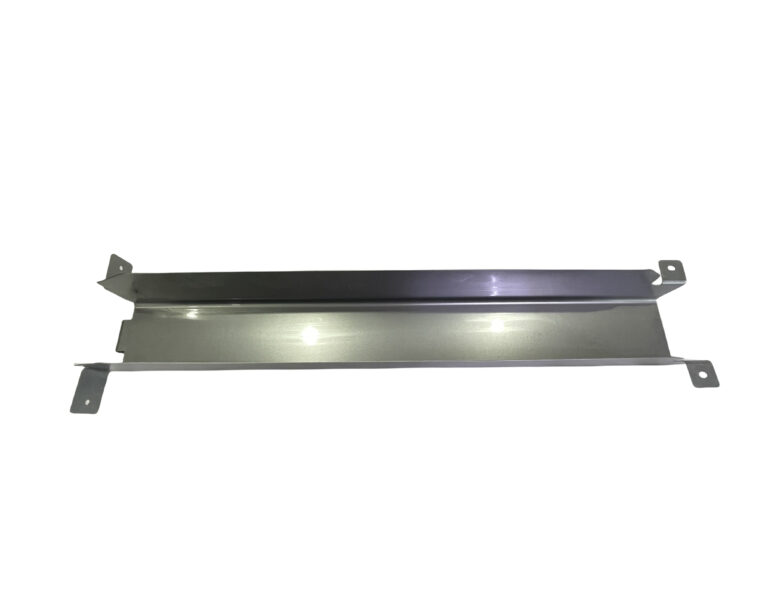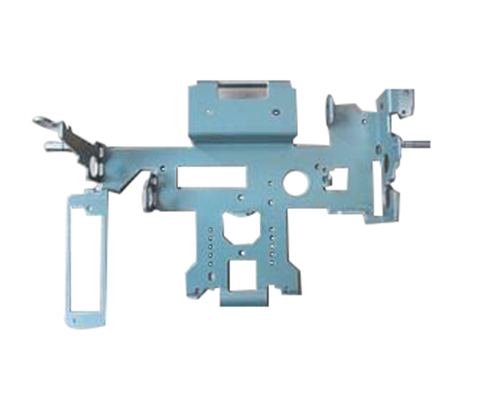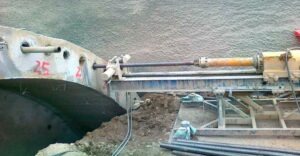An anemometer is a device used to measure the speed and direction of the wind. It is an essential tool for meteorologists, environmental researchers, and wind energy professionals. When it comes to understanding weather patterns and harnessing wind energy, an anemometers play a crucial role.
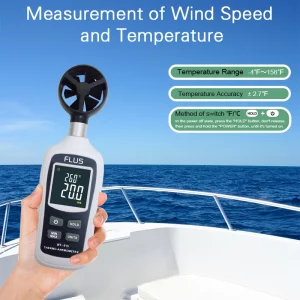
An anemometer typically consists of three or four cups mounted on horizontal arms, which are attached to a vertical rod. As the wind blows, the cups rotate, and the speed of rotation is directly proportional to the wind speed. This rotational motion is converted into electrical signals by sensors within the anemometer, allowing for the measurement and recording of wind speed. The direction of the wind is determined by a wind vane, which is often integrated into the anemometer assembly.
An anemometers are designed to withstand various environmental conditions, including extreme temperatures, high winds, and precipitation. This durability is essential for accurate and reliable wind measurements in diverse settings, from remote mountaintops to offshore wind farms.
An anemometers are used in a wide range of applications, including weather forecasting, climate research, and wind resource assessment for renewable energy projects. In the field of meteorology, anemometers are deployed in weather stations to gather real-time wind data, which is crucial for predicting and monitoring weather patterns. For wind energy professionals, anemometers are instrumental in assessing the potential for harnessing wind power at specific locations.
An anemometer data loggers are integral to the functionality of anemometers, as they enable the continuous recording and storage of wind data. These data loggers are equipped with sensors that capture wind speed and direction, along with additional parameters such as temperature and barometric pressure. By logging this information over time, anemometer data loggers provide valuable insights into wind patterns and variations, which are essential for informed decision-making in various industries.
The integration of anemometer data loggers with anemometers allows for the collection of long-term wind data, which is essential for understanding seasonal variations and trends. This data is invaluable for assessing the feasibility of wind energy projects, optimizing the performance of wind turbines, and conducting research on wind patterns and climatology.
In addition to their role in wind energy and meteorology, anemometer data loggers are also utilized in environmental monitoring and research. By capturing detailed wind data, these devices contribute to studies on air quality, dispersion of pollutants, and the impact of wind on natural ecosystems. The comprehensive wind data obtained from anemometer data loggers is instrumental in understanding the dynamics of air movement and its implications for environmental processes.
The advancements in technology have led to the development of sophisticated anemometer data loggers that offer remote monitoring capabilities and data transmission. This allows for real-time access to wind data, enabling prompt decision-making and response in various applications, from emergency management to wind farm operations.
In conclusion, anemometers and anemometer data loggers are indispensable tools for measuring and analyzing wind characteristics. From providing essential data for weather forecasting to facilitating the expansion of renewable energy sources, these devices play a vital role in diverse fields.
0

